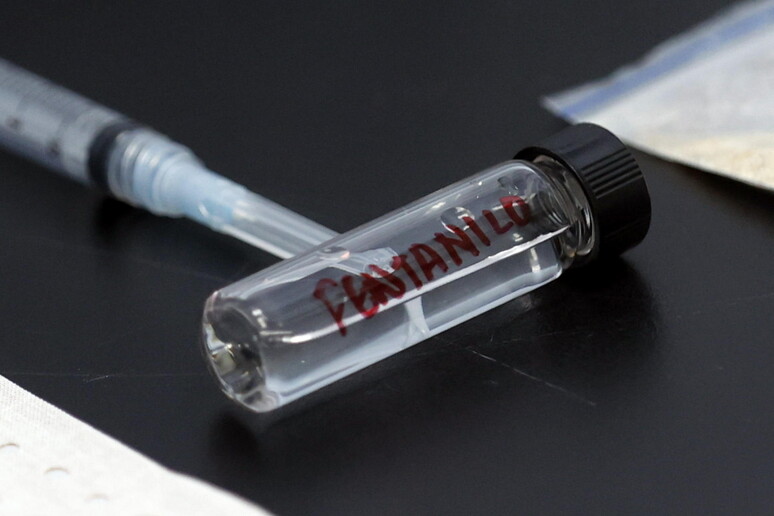According to the U.S. Centers for Disease Control and Prevention (CDC), overdose deaths in New York State in 2024 were down 32 percent from the previous year, a return to pre-pandemic levels. Authorities attribute this result to “harm containment” policies, which led to the distribution of 300,000 naloxone kits (to treat overdose) and 23 million fentanyl tests. However, Office of Addiction Services and Supports (OASAS) commissioner Chinazo Cunningham warns that any federal cuts to Medicaid health coverage–aimed at low-income people–would jeopardize care for people with addictions, two-thirds of whom depend on that very program.
OASAS is part of the New York State health system and is responsible for the oversight and coordination of prevention, treatment and support services for addiction and substance use disorders.
Cunningham said, “This cut would have a huge impact on people with addictions. Obviously it’s not just about addiction, it’s about health care in general. We’re very, very concerned: having Medicaid, having insurance, having the ability to pay for medications and getting the medical care you need is absolutely essential.”
She argues that right now, people have the tools they need to test substances and modify their behavior if they wish. Therefore, she stresses the importance of working outside clinics as well, meeting people at risk of overdose on the street, referring them to treatment and providing them with life-saving drugs.
The fentanyl-related crisis in New York is part of the broader opioid emergency that has affected the United States from the late 1990s to the present, with a devastating impact especially in poorer urban areas such as the Bronx. In particular, the use of illicit fentanyl has been widespread since 2011, with a significant escalation of cases and deaths in the years since. A single dose of this powerful synthetic opioid can cost less than a dollar, encouraging its spread in the illegal market and large-scale consumption. Because it also acts as a central nervous system depressant, those who take it run a very high risk of respiratory arrest and death from overdose, even at small doses.












